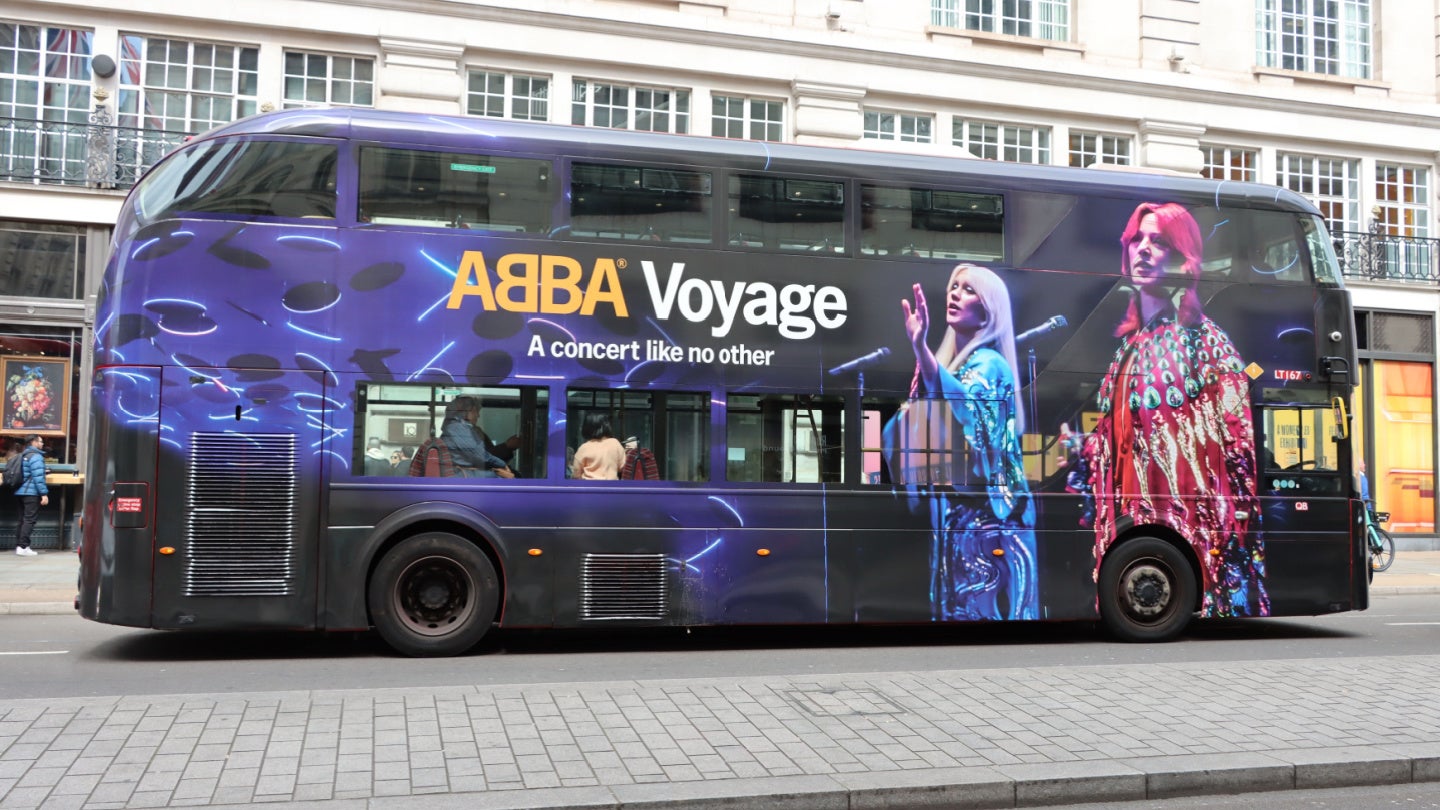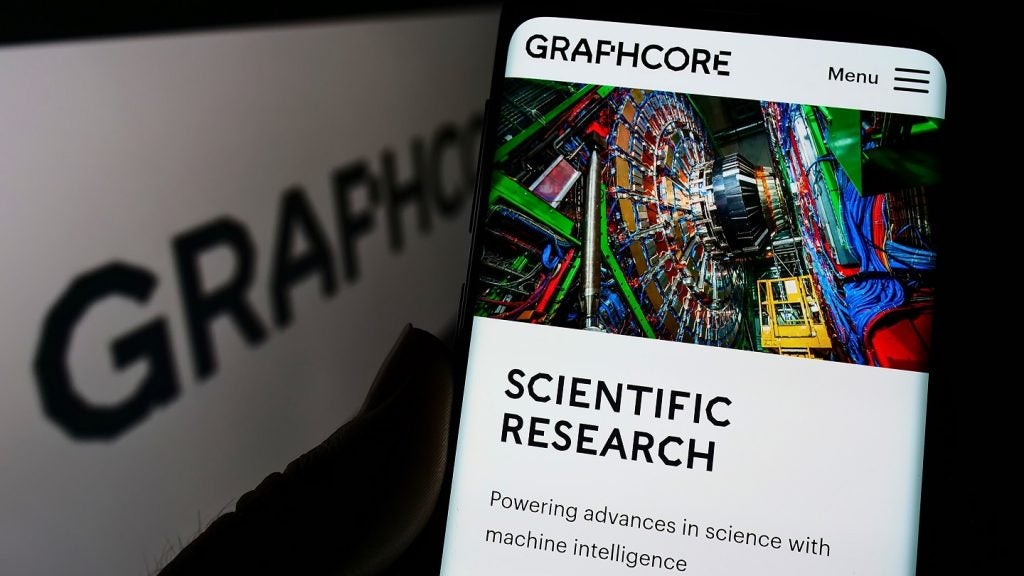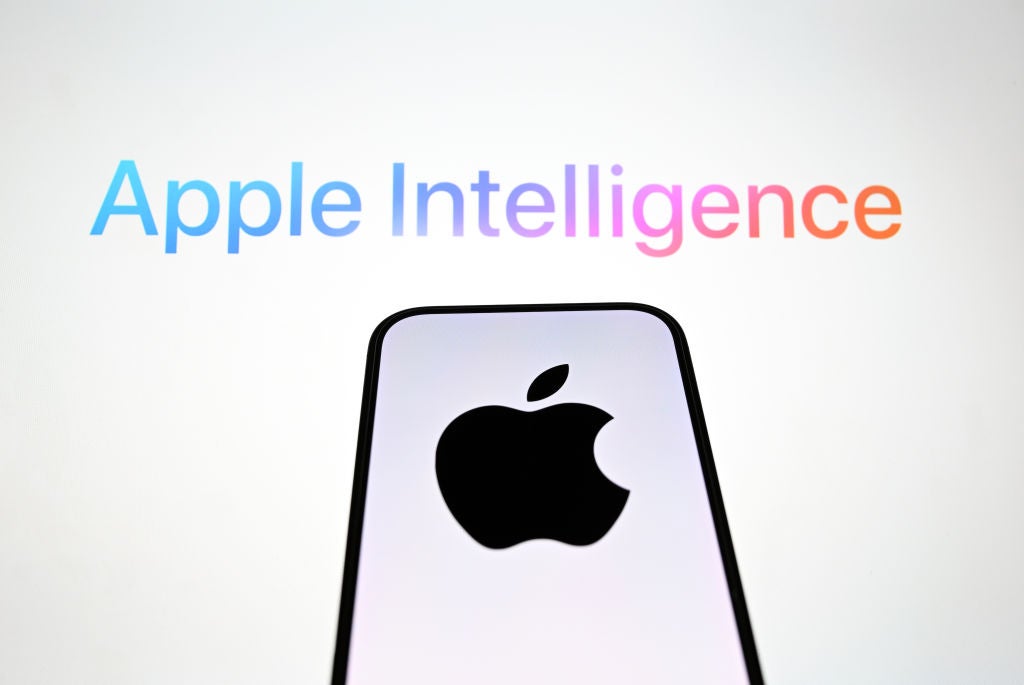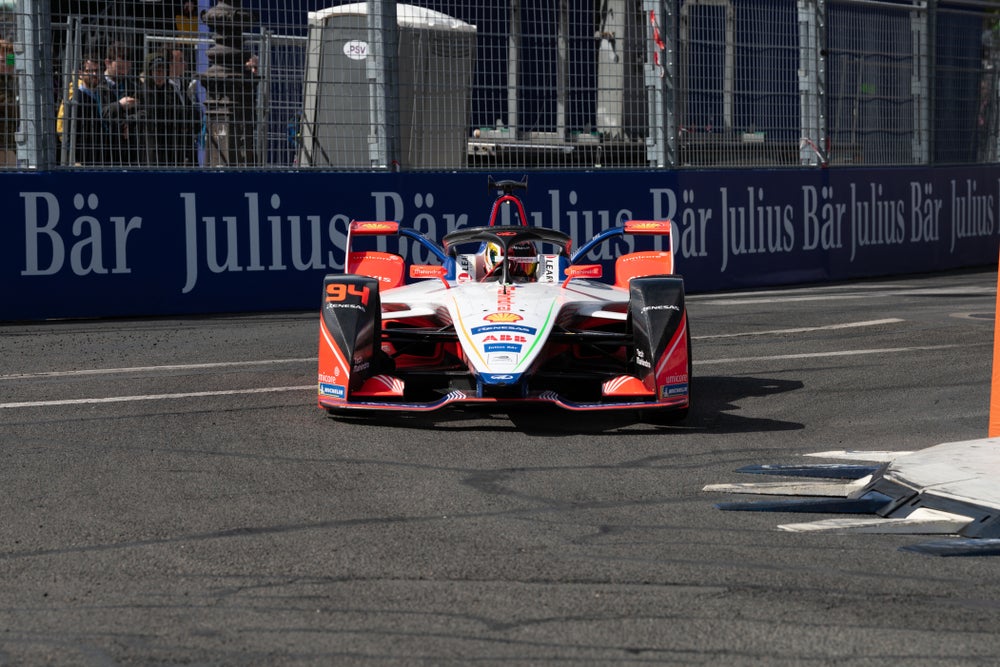London has a new holographic attraction that is bringing tourists from all over the world to the UK capital.
Despite all members of the beloved Swedish band ABBA being in their mid-to-late 70s, they have been able to perform back-to-back every day for months, even performing twice at weekends. This has been made possible through their use of a holographic high-tech ‘virtual show’.
How is this possible?
This trick has been pulled off by using ‘mocap’ suits—similar to those used in Hollywood—to capture the band’s movements. Thousands of hours of mocap recording are required to animate realistic computer ‘ABBAtars’. These virtual doppelgangers will then be shown on stage dancing, singing, and looking like normal 3D humans.
To the audience watching the screen, they appear fully 3D as they turn and pass in front of one another. However, on the actual stage, they are a flat 2D image on a 65-million-pixel giant LCD. They appear real thanks to the lighting hitting the figures on stage, perfectly coordinated with the real-world photon bombardment around them, giving a realistic 3D feel.
The show claims that “you will barely believe your eyes” and so far these claims seem to be true with critics calling it a success. The effect works so well thanks to the assumption that audiences at live concerts spend their time watching the huge jumbotron screens on either side of the stage rather than giving their full attention to the small obscured and ever-so-slightly ‘off’ figures.
ABBA Voyage has made ‘Money Money Money’
The setup for this whole process involved serious amounts of time and money for Universal Music Group, the company that organized and paid for the tour.
How well do you really know your competitors?
Access the most comprehensive Company Profiles on the market, powered by GlobalData. Save hours of research. Gain competitive edge.

Thank you!
Your download email will arrive shortly
Not ready to buy yet? Download a free sample
We are confident about the unique quality of our Company Profiles. However, we want you to make the most beneficial decision for your business, so we offer a free sample that you can download by submitting the below form
By GlobalDataAccording to an earnings call in 2022, the building and preparation of the show cost more than GBP140m ($175m) and took six years. However, by April 2023, after only a year of shows, it has sold more than one million tickets priced at £103 ($129) each, meaning that the show has already covered its start-up costs.
For reference, if it continued at its current rate, it would reach a staggering £1bn in revenue in less than a decade, and this is starting to seem extremely likely as Universal Music Group recently announced that it is planning to take the immersive concert worldwide.
This will be possible as the ABBA arena built in London was designed to be completely moveable, meaning it can easily be set up in venues all over the world.
Will other bands copy the holographic idea?
Very few other musical artists would be able to splash out the necessary $175m on the CGI, custom stadium, and everything else that has come with it. However, after the success of ABBA’s venture, it would be possible to lease the technology and use the same stadiums.
For example, there is a futuristic venue based in Las Vegas named the MSG Sphere, which could accommodate these sorts of holographic concerts. It is likely, however, that only large older artists that are no longer touring the world would be interested in these concerts.
Mick Jagger has called the concerts a serious breakthrough and bands like The Rolling Stones would be very well suited to this scheme.
There is also a fast-growing industry of start-ups, with companies such as Proto offering similar services that would allow smaller artists access to holographic technology, which can either be permanently installed or sent out on the road. Currently, there are no headliners who have officially announced their interest, but you can bet that it is only a matter of time before the big names get involved.








Related Company Profiles
Universal Music Group Inc